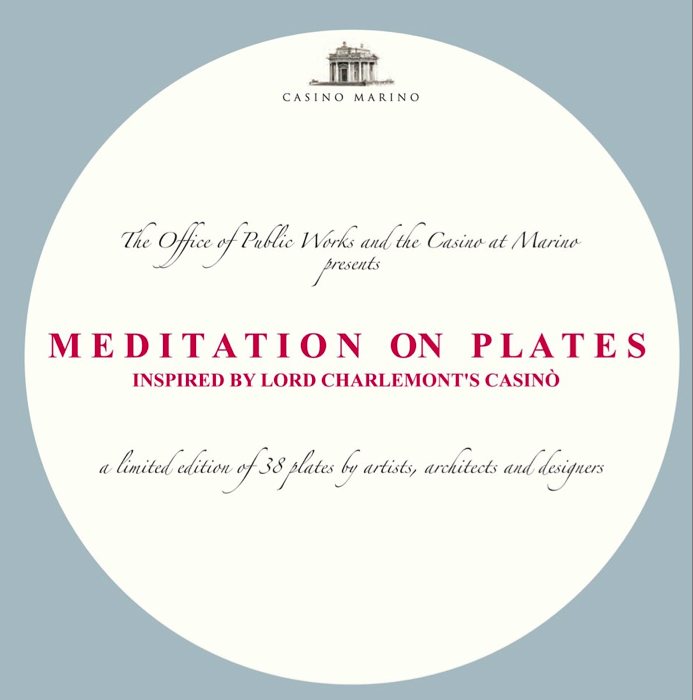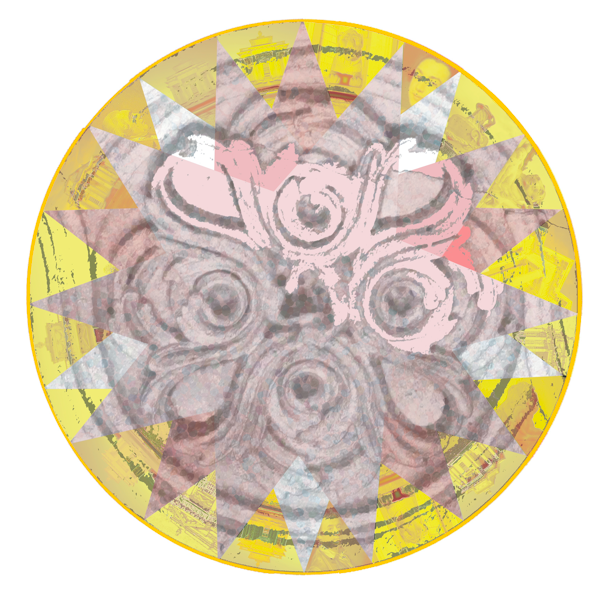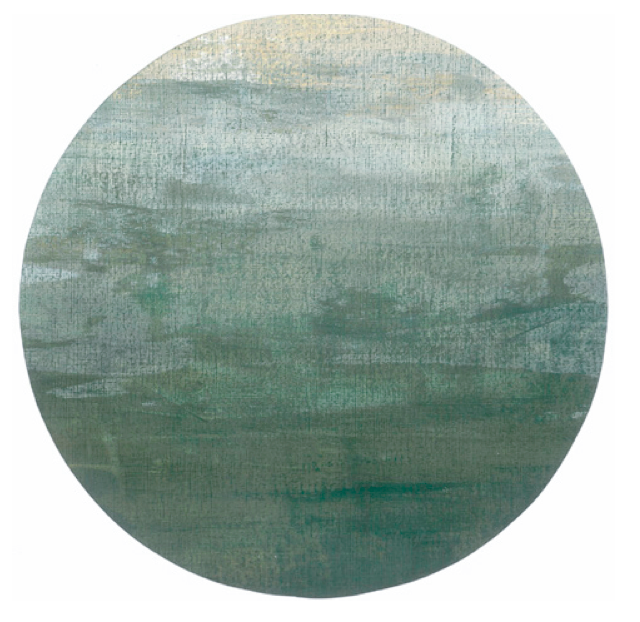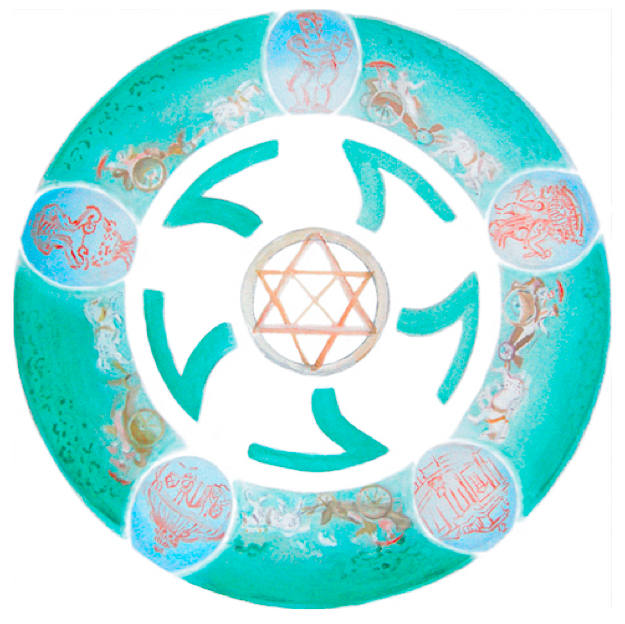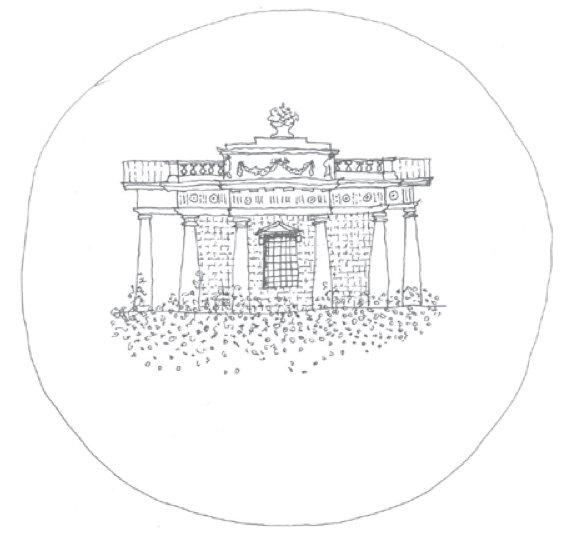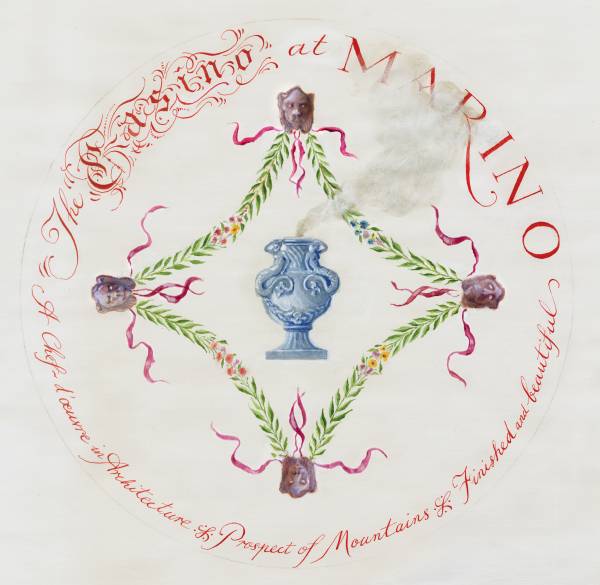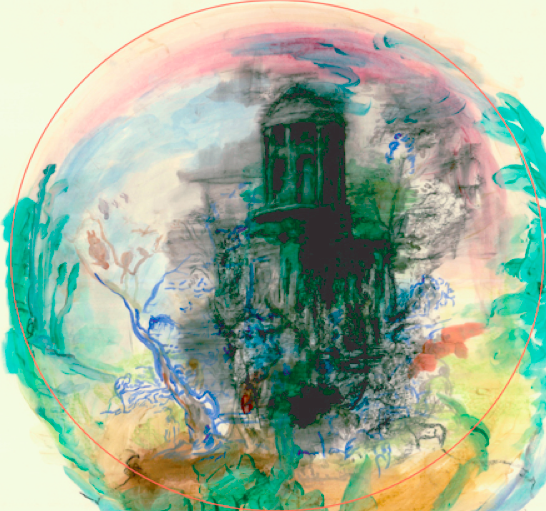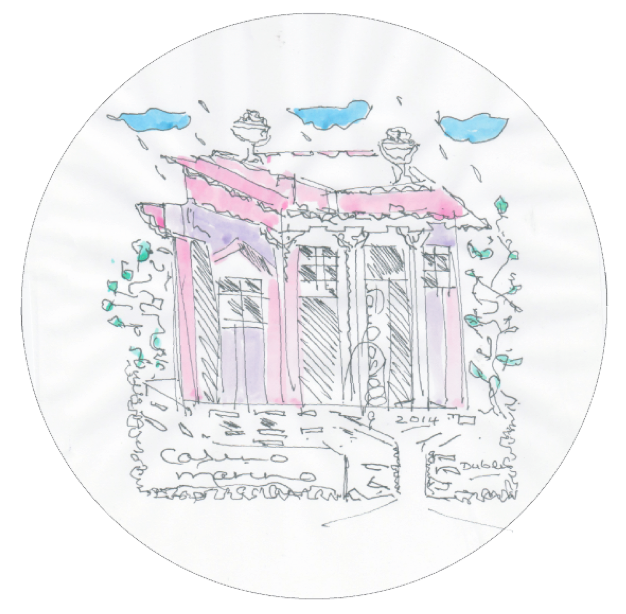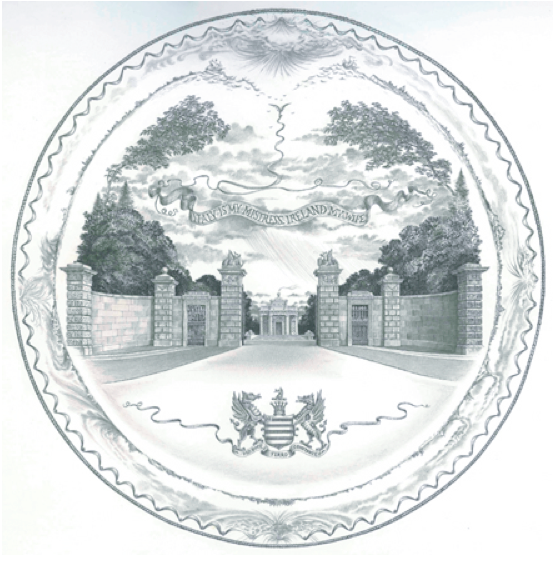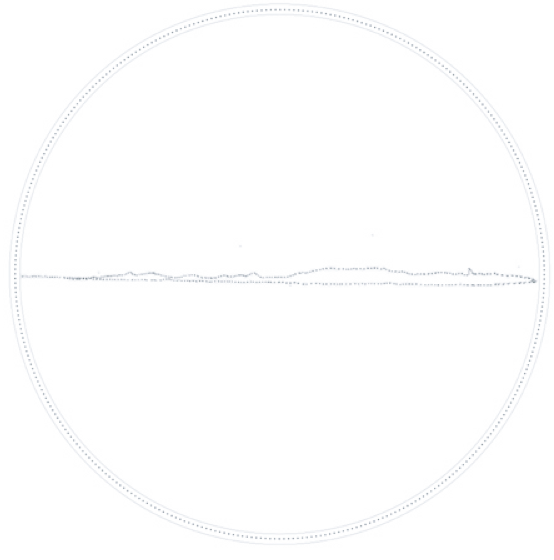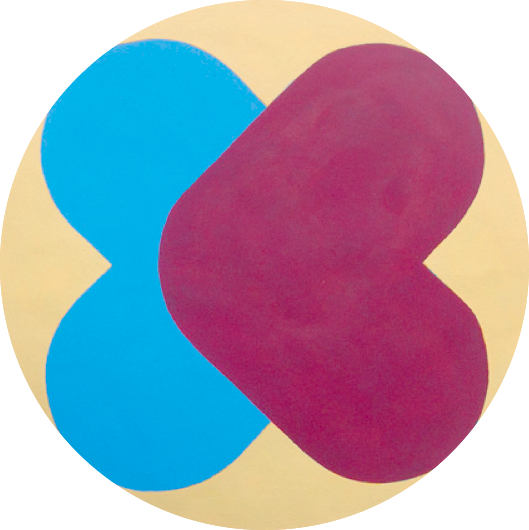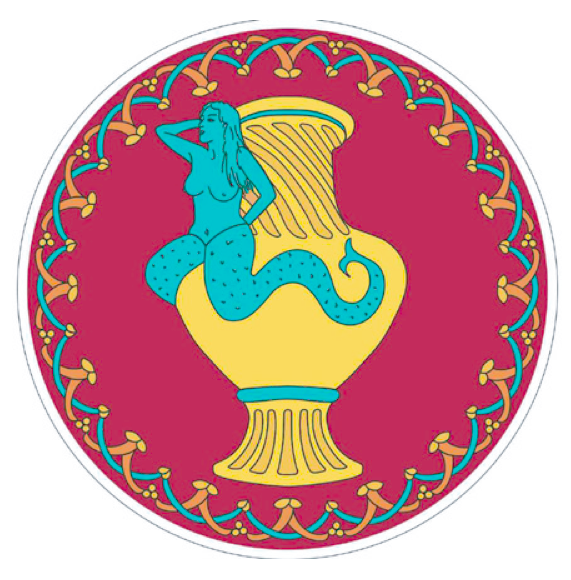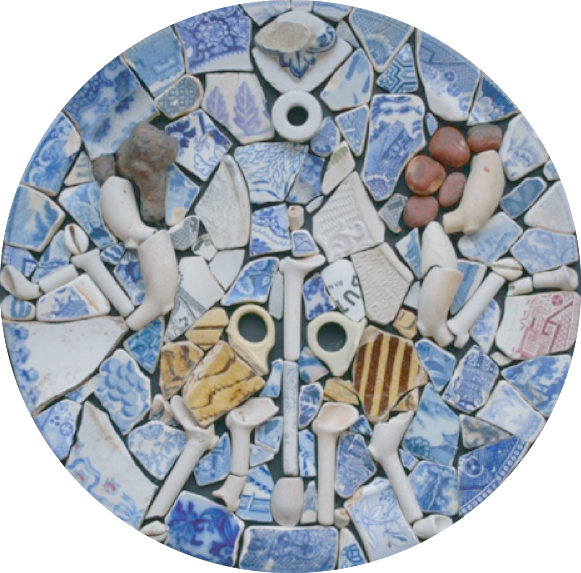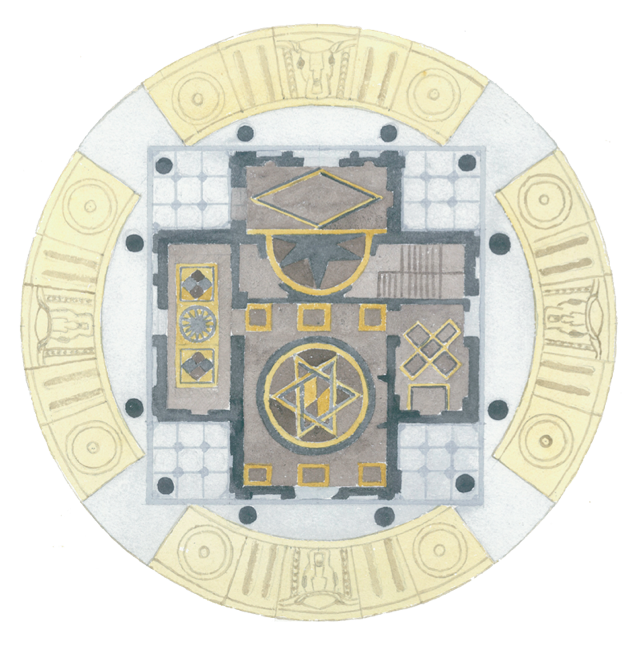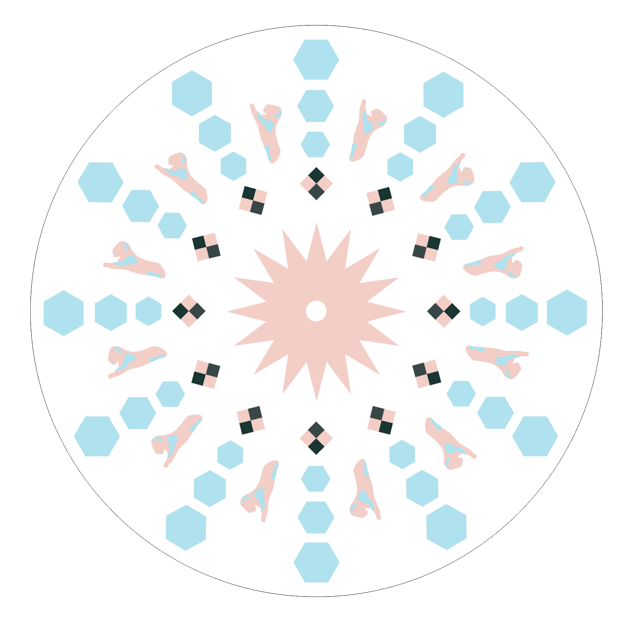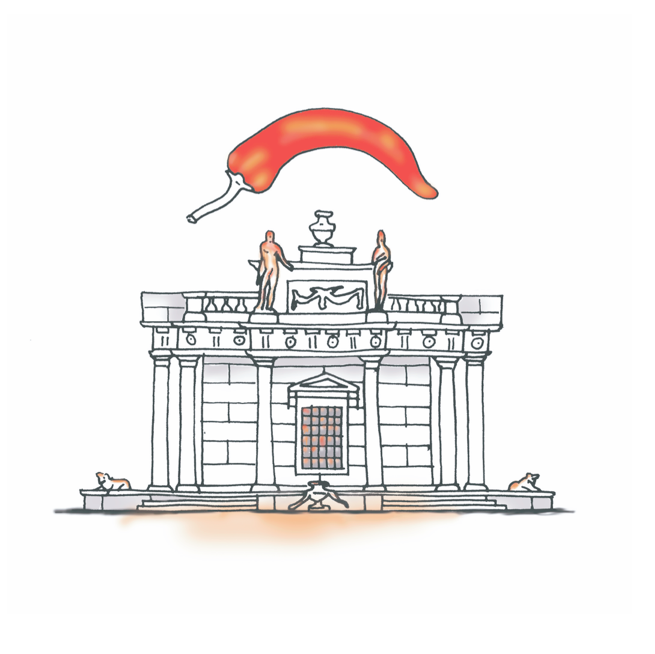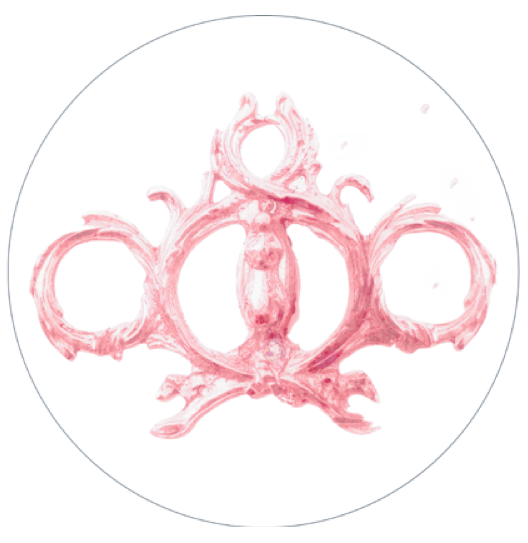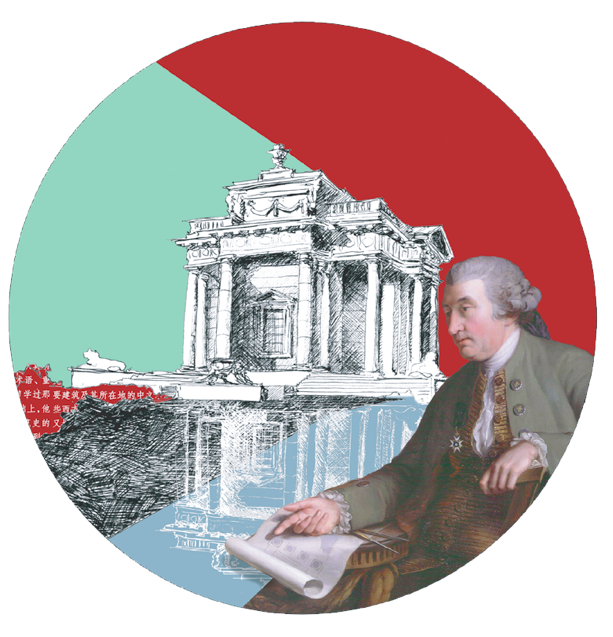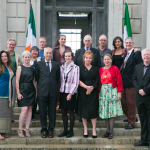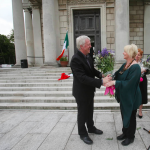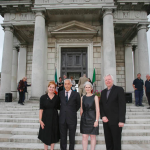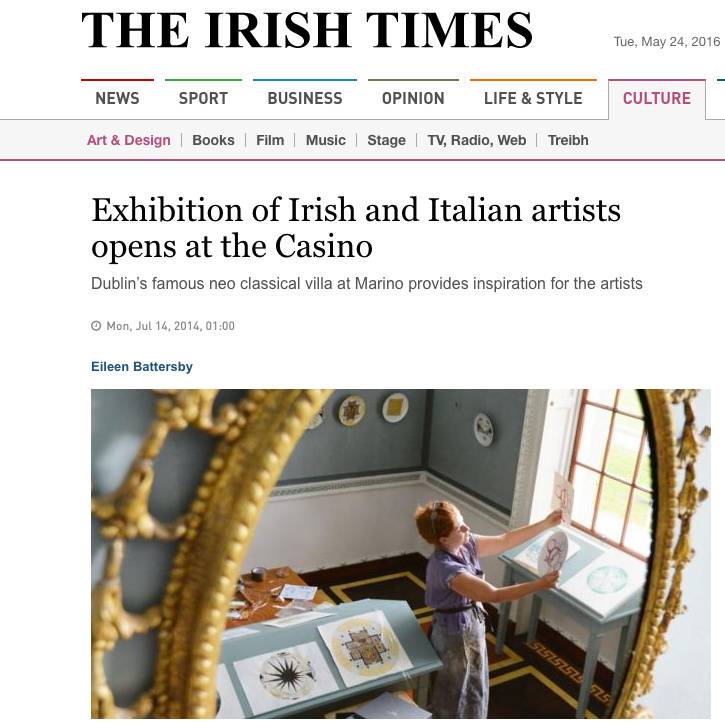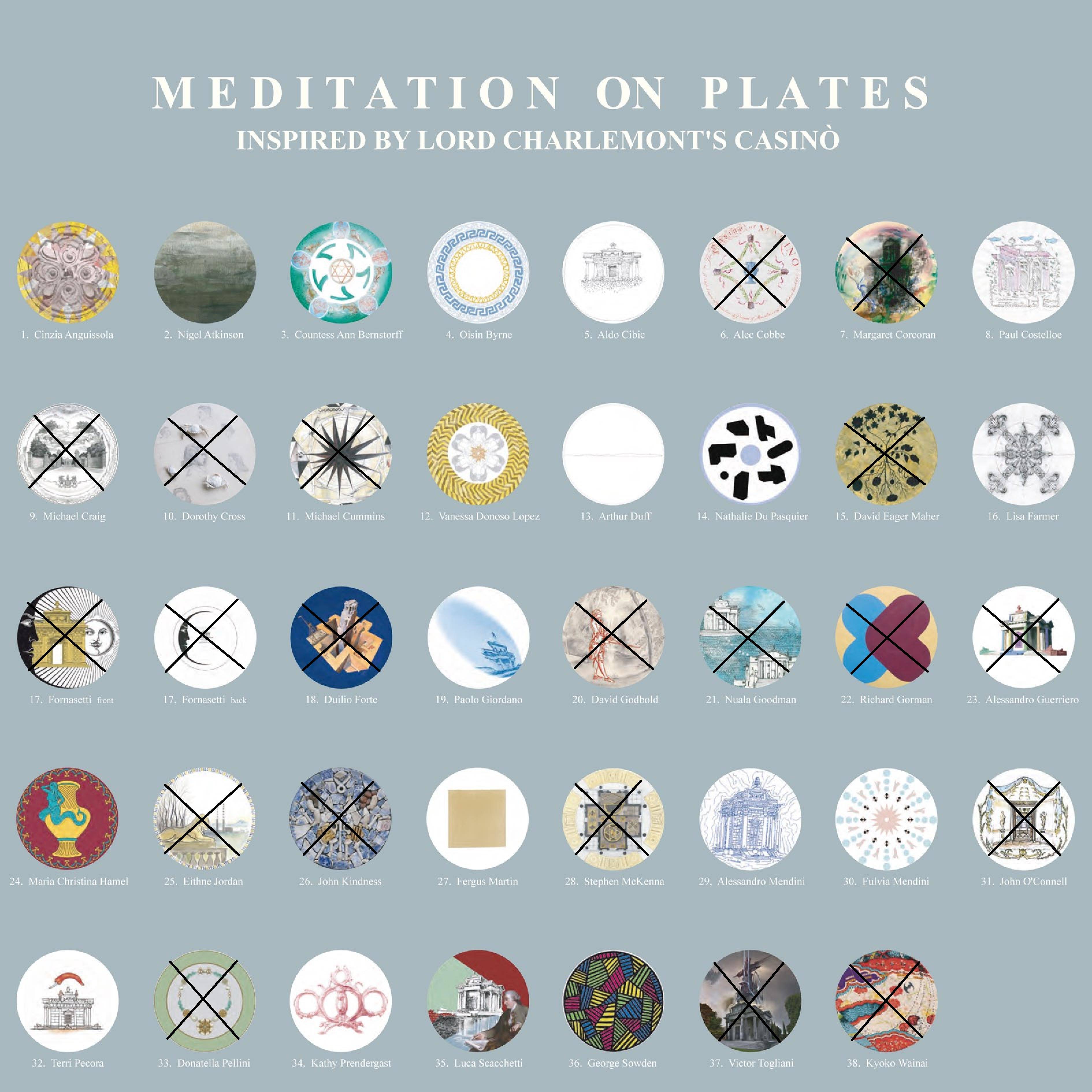Meditation on Plates
OPW, the Office of Public Works in Ireland, and the Casino Marino present the exhibition ‘Meditation on Plates, Inspired by Lord Charlemont’s Casino’ in July 2014 in one of Ireland’s most highly regarded historic buildings, the Casino at Marino, Dublin. This miniature building is regarded as both unique and one of the finest representations of eighteenth-century neoclassical European architecture. Thirty-eight esteemed Irish, Italian, and international artists, designers, and architects were invited to respond to the Casino Marino building in a personal drawing. The drawings were then transferred onto porcelain plates and reproduced in a limited edition of sixteen plates per artist. The resulting collection is astonishing for the variety of interpretations and the beauty of the work. ‘Meditation on Plates, Inspired by Lord Charlemont’s Casino’ pays homage to Lord Charlemont, to his love of art, and to his passion for Italy.
A perfect architecture in a perfect setting. The perfect opportunity to realise a series of perfect souvenirs. The collection of plates inspired by the Casino Marino is truly exemplary. Lord Charlemont’s Casino is an inexhaustible source of symbols, signs, decorations, proportions, shapes, and environments full of meaning. And all the authors immersed themselves with excitement in this small magical architecture as a great neoclassical gem, and every interpretation turned into poetry. An extraordinary collection of round drawings, rich in memory and nostalgia. And you can understand how aesthetic pleasure has played a part in all of these inventions, so different from one another but all developed under the hypnosis of the perfection of this architecture. Each author found his personal charm, his joy, his meditation. No one could avoid the sense of strength and protection emanating from this small, perfect metaphysical colossus. So they have designed it and relieved it with the intellectual and physical pleasure of making it their own, many indeed wished to draw the building itself. A collective performance, an unexpected movement, choral and cathartic, such was the charisma of this secular temple. So, not just as series of plates based on a single theme, but a rhythm, a summary of vibration, the perfect gift, indeed.
Documentaries
Collection
Use the arrows to the left and right to explore the collection of plates that featured in this exhibition.
Launch
On Saturday 12th July the exhibition was launched in a wonderful evening in the grounds of the Casino. Watch a video of the speeches here, and scroll down for photographs.
Creative Response
In October 2015, the Casino hosted an exhibition by local school, Maryfield College, called Creative Response to Meditation on Plates. Students were encouraged by their art teachers to respond to the exhibition by designing, making, and firing their own plates, and mounting an exhibition in the original kitchen, pantry, and scullery of the Casino basement.
Buy
Some plates are still available to purchase, from Castletown House, Celbridge, Co. Kildare. On the image opposite those which are sold out are marked by an X. Click this image to see it larger.
Plates are €150 each; cash payments only are accepted. Please get in touch on 086 6062729 to order over the phone, or reserve to collect in person.


